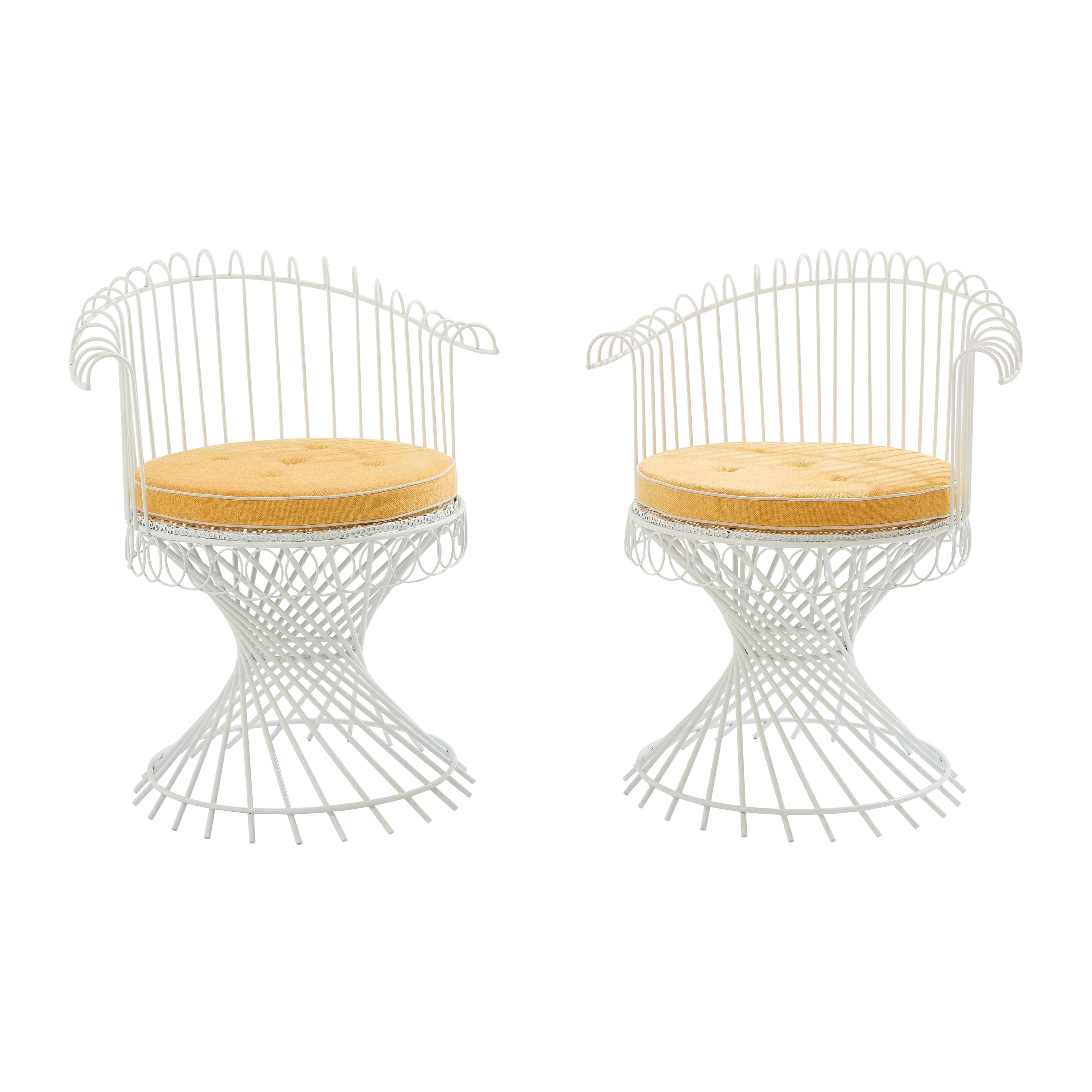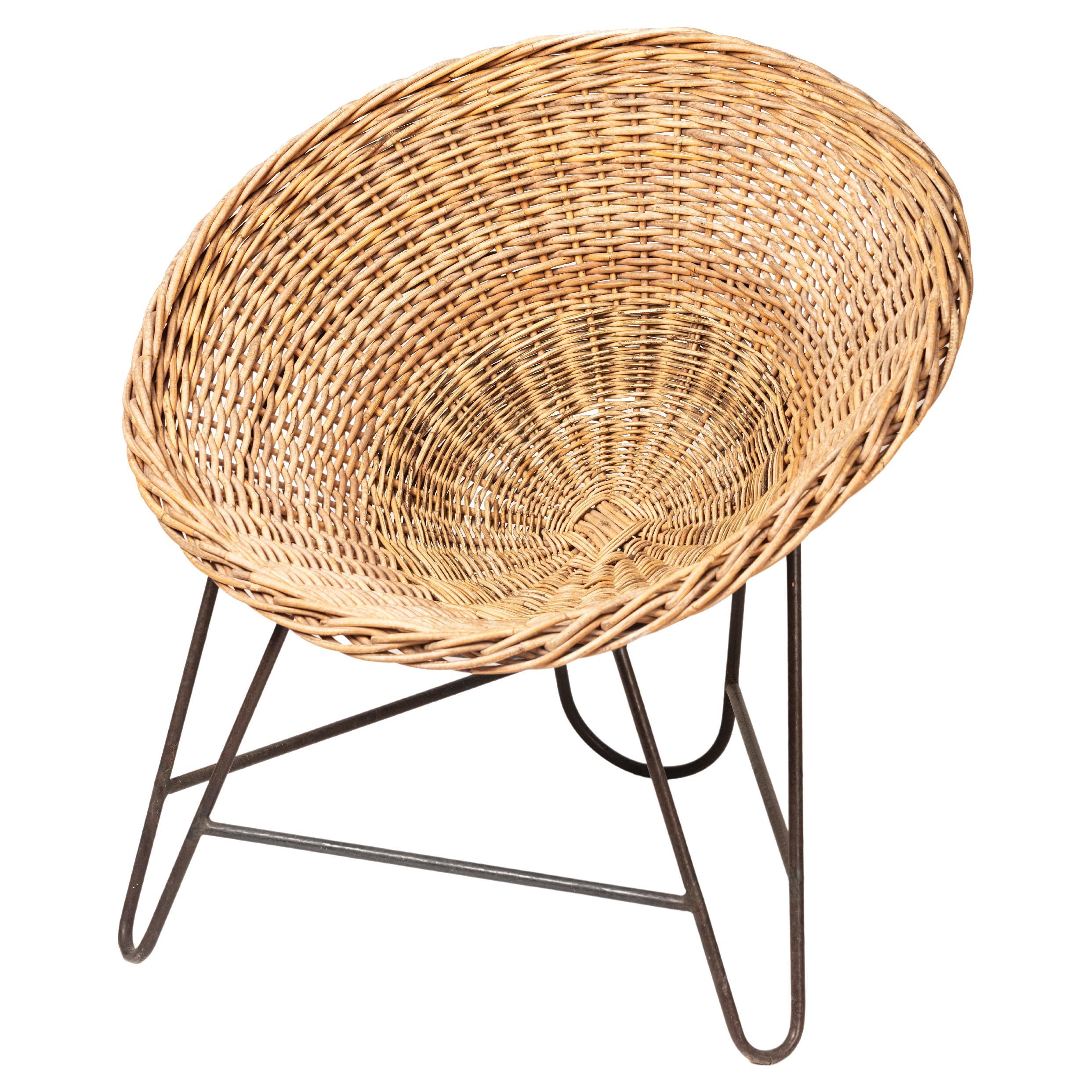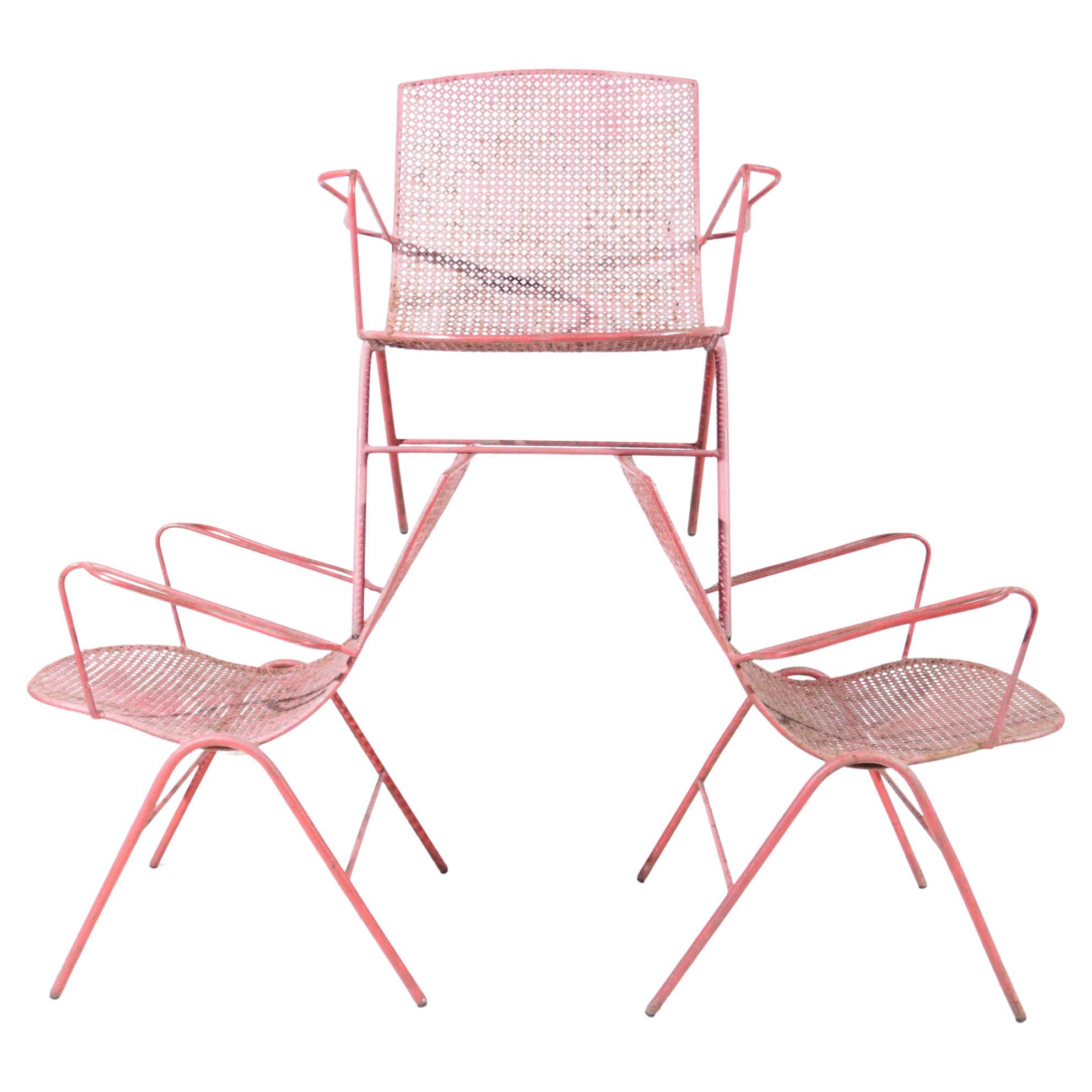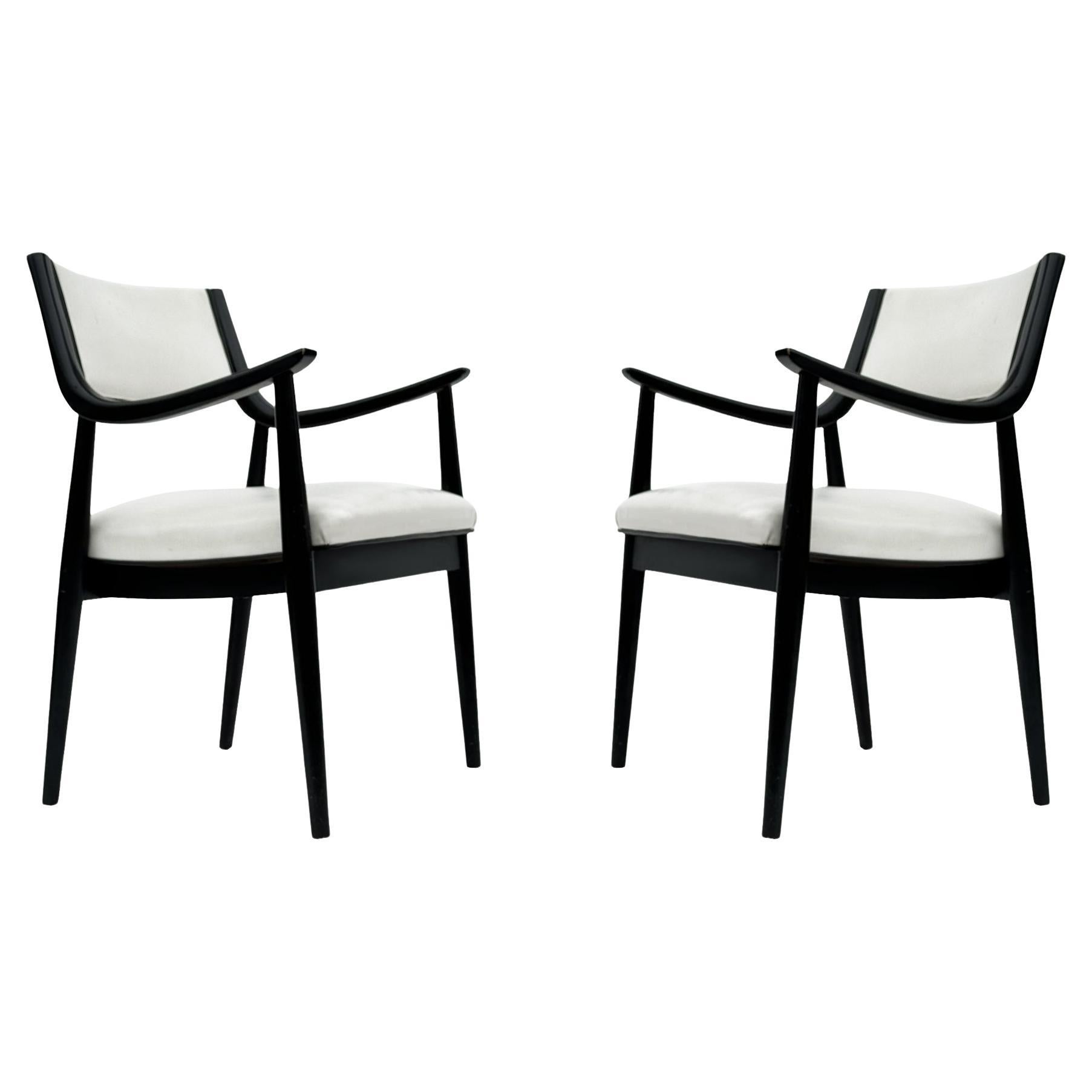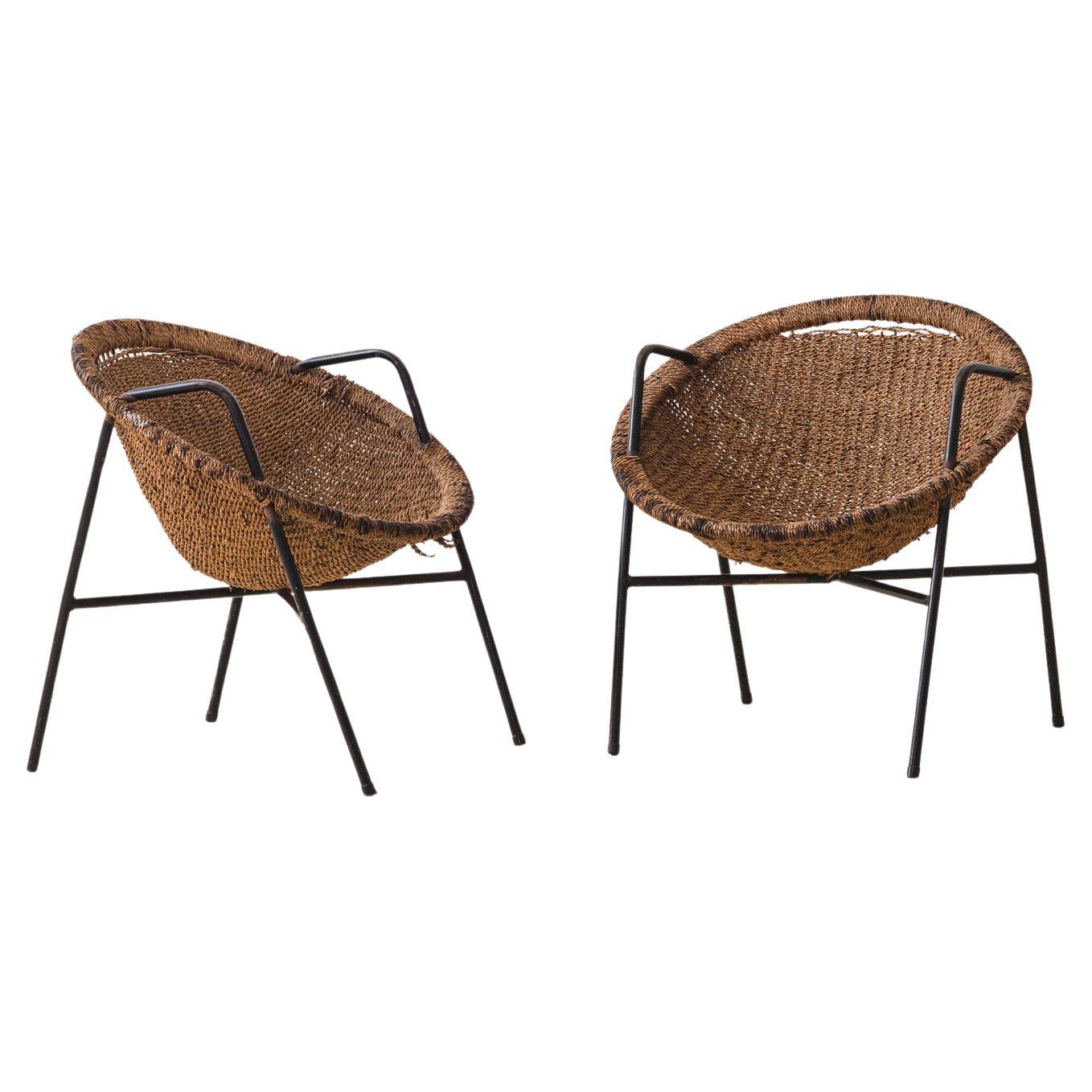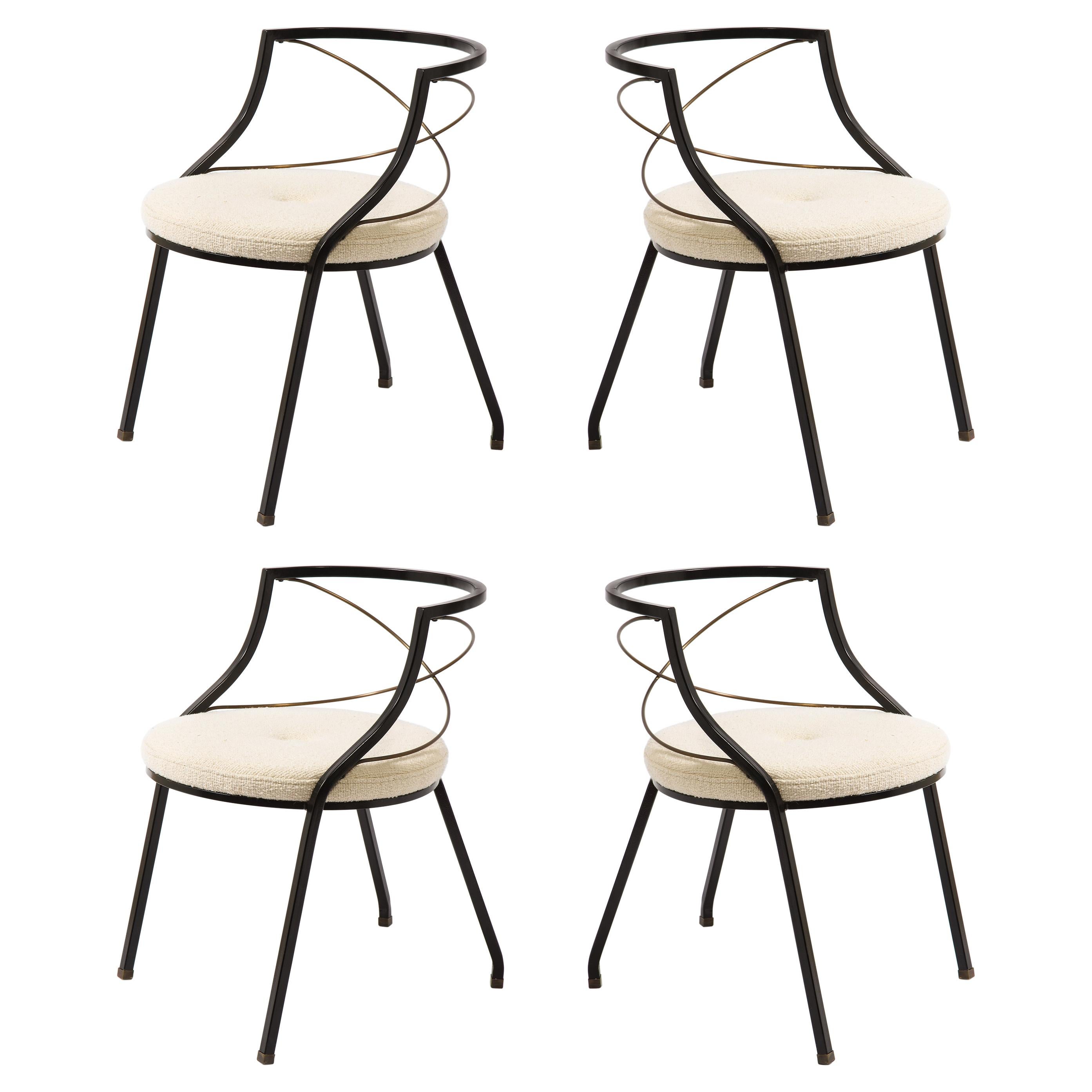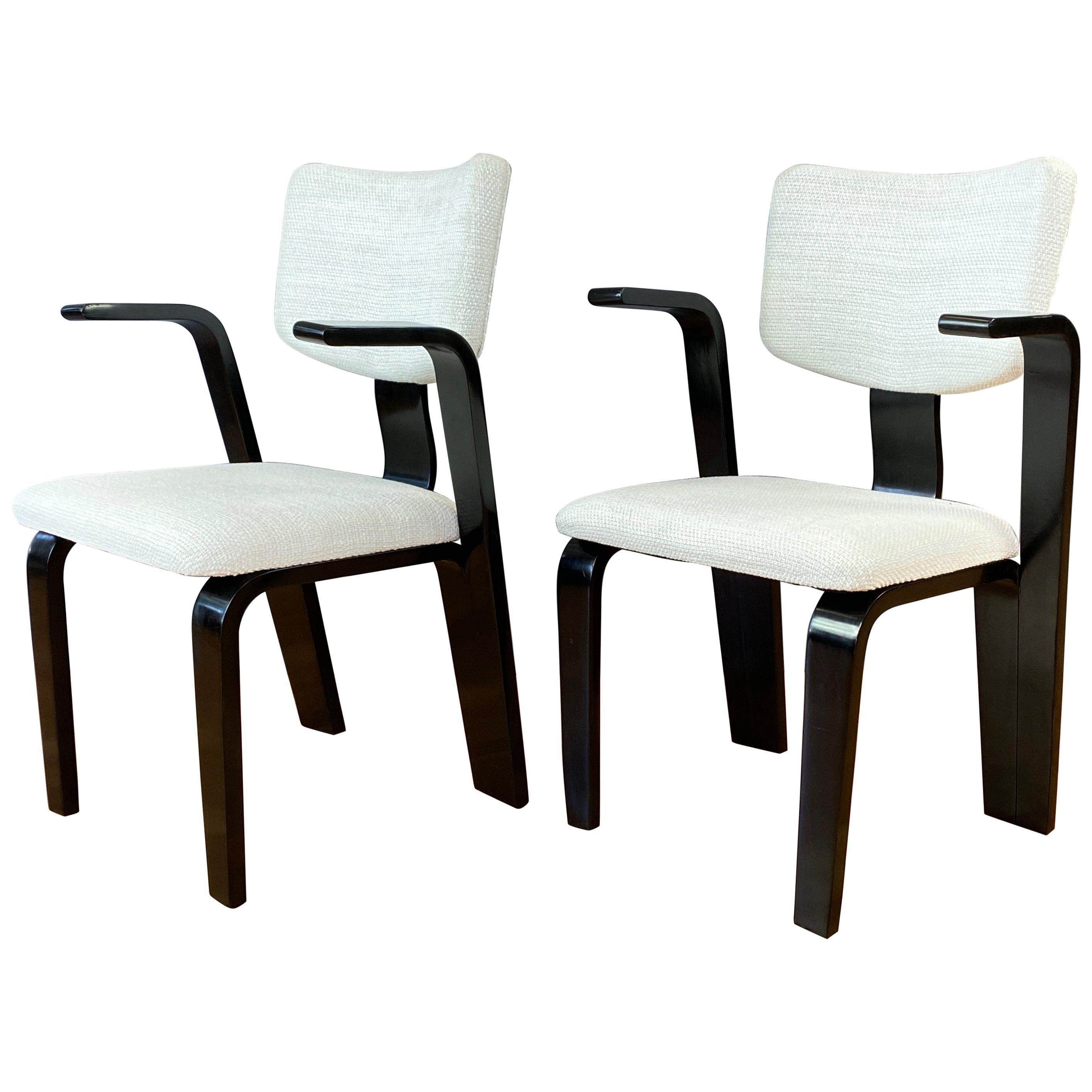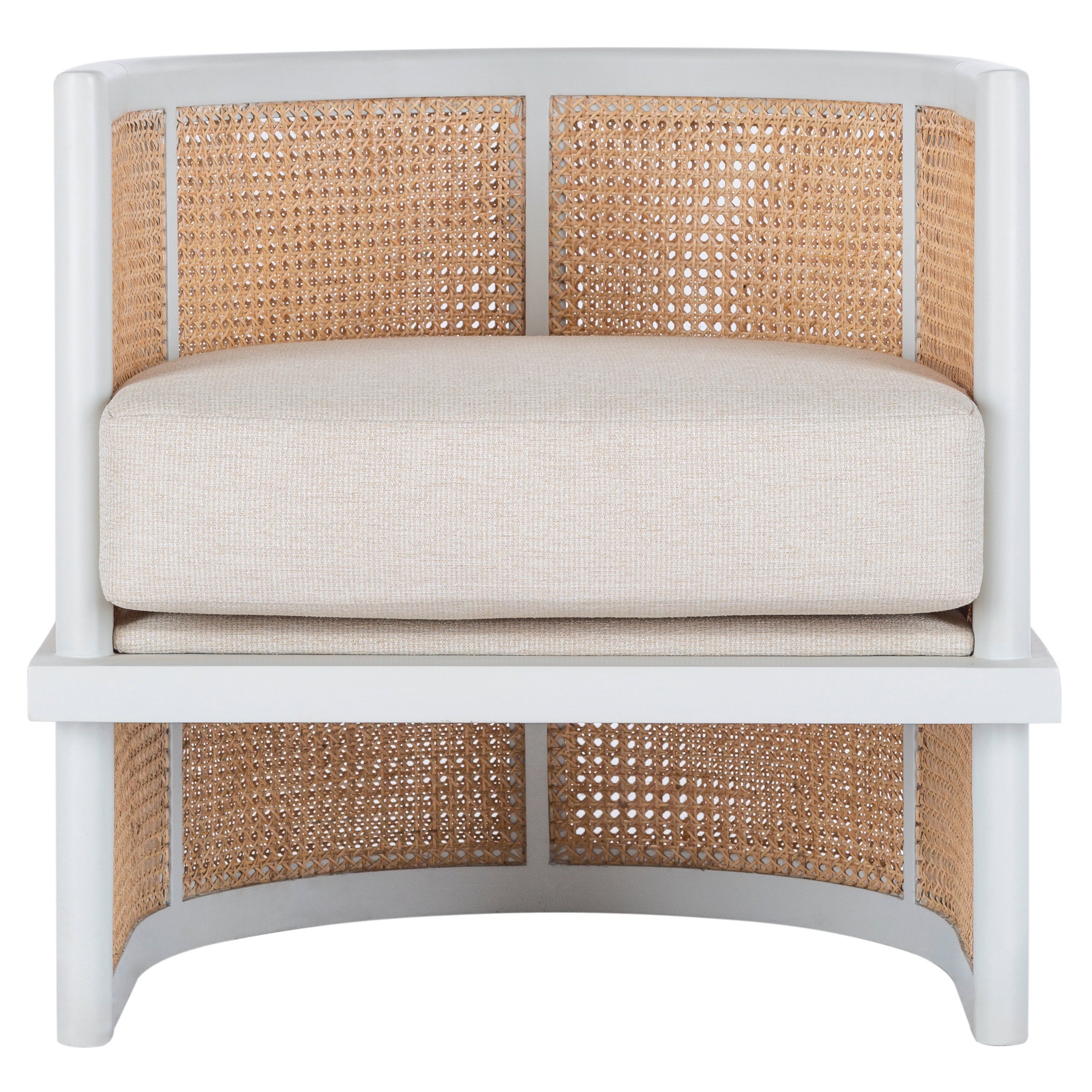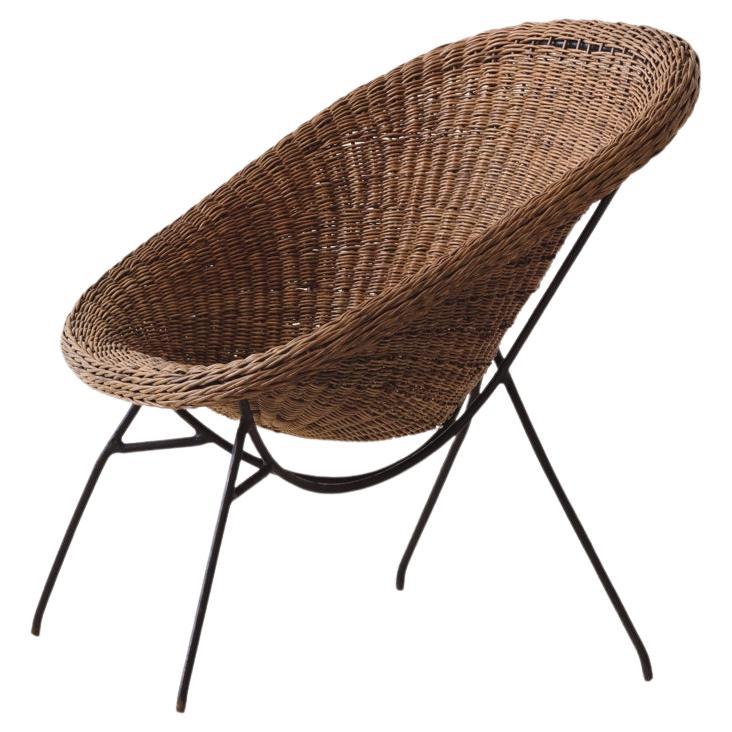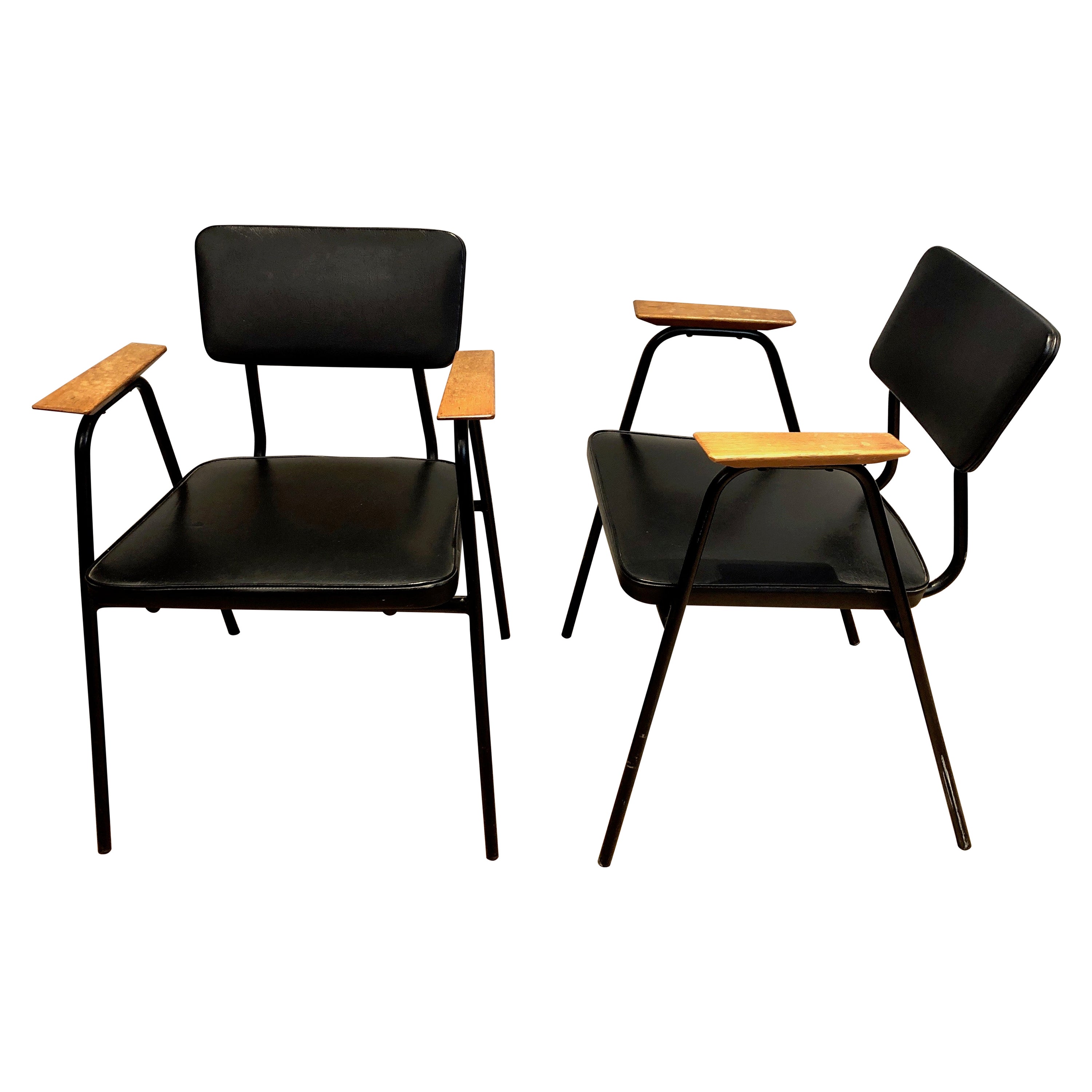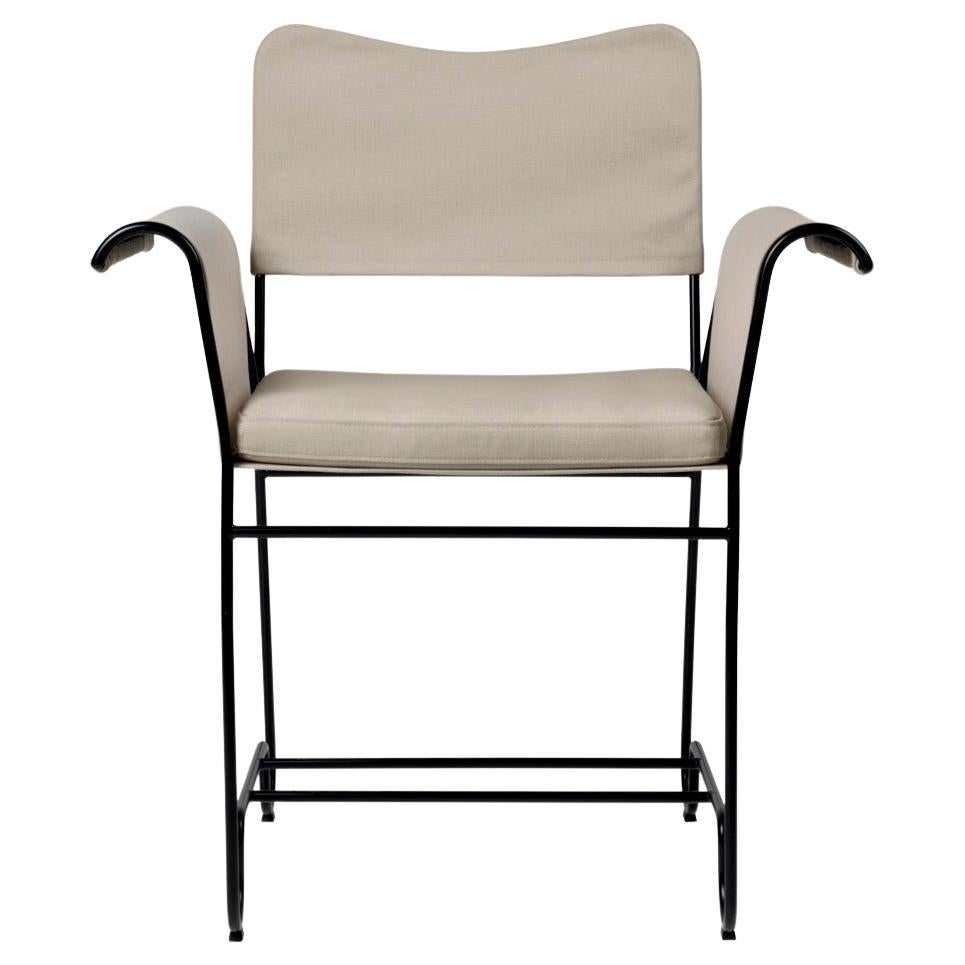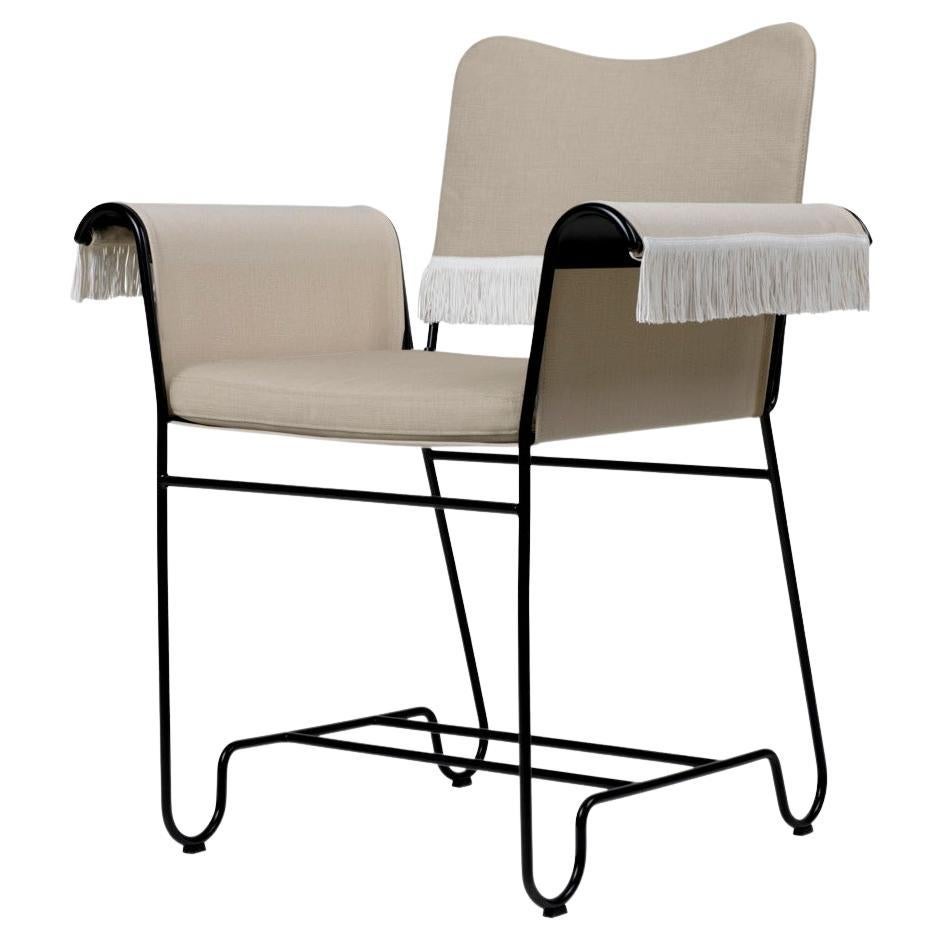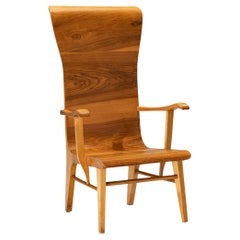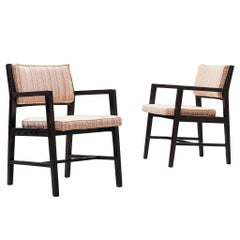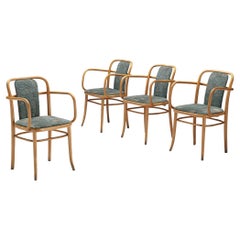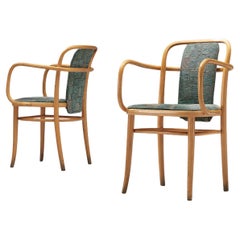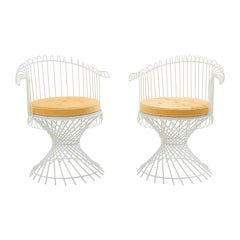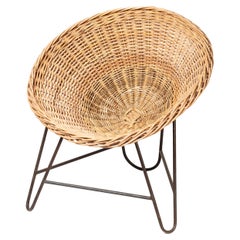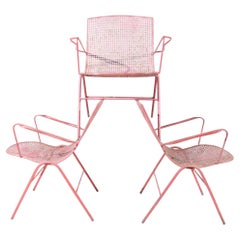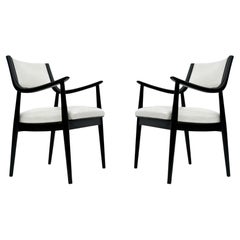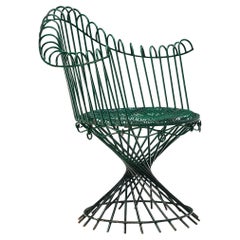
Mathieu Mategot 'Anthéor' Armchair in Green Lacquered Iron
View Similar Items
Mathieu Mategot 'Anthéor' Armchair in Green Lacquered Iron
About the Item
- Creator:Mathieu Matégot (Designer)
- Dimensions:Height: 31.7 in (80.5 cm)Width: 25.99 in (66 cm)Depth: 23.63 in (60 cm)Seat Height: 16.15 in (41 cm)
- Style:Mid-Century Modern (Of the Period)
- Materials and Techniques:
- Place of Origin:
- Period:
- Date of Manufacture:1951
- Condition:Wear consistent with age and use. Every item Morentz offers is checked by our team of 30 craftsmen in our in-house workshop. Special restoration or reupholstery requests can be done. Check ‘About the item’ or ask our design specialists for detailed information on the condition.
- Seller Location:Waalwijk, NL
- Reference Number:Seller: 501127181stDibs: LU933136120832
Mathieu Matégot
With their curvaceous metal surfaces and shapes often resembling sheets of folded paper, Mathieu Matégot's inspiring furniture and lighting designs are easily recognizable and highly sought after by collectors. By working with perforated sheet metal and metal tubing, the Hungarian-born French architect, artist and designer — who is known by aficionados for his “rigitulle” technique — created tables, chairs and decorative objects that are celebrated works of French modernism and make a statement in any interior.
Matégot attended the Budapest School of Fine Arts and Architecture. He graduated in 1929 and traveled before settling in Paris in 1931, where he worked as a window dresser for department stores and as a set designer for cabaret halls.
In 1939, Matégot joined the French army in resistance to invading Nazi forces. He was soon captured and sent to work in a German factory. It was at this factory where Matégot became familiar with the materials and techniques that would inform and inspire his trademark rigitulle method.
After the war ended, Matégot opened a workshop in Paris and began to create handcrafted furniture that didn't conform to established styles of the time. Matégot explored merging traditional and non-traditional materials — he worked with formica, glass and natural materials such as rattan — and engaged in other forward-looking experiments. Matégot soon patented his career-defining rigitulle technique and material, which saw the designer working with metal tubing and perforated metal sheets and producing thin, airy folds into the metal as if he were manipulating fabric or paper.
Many of Matégot’s designs for table lamps, pendants, tables and more are reflective of the rigitulle technique, but the best-known work that exemplifies this process is his elegant three-legged Nagasaki chair, which he exhibited in 1954 at the Salon des Artistes Décorateurs. The original Nagasaki chair gave way to a collection that included a stool and an armchair. Matégot’s Nagasaki dining chair has been reissued by Gubi and is part of the permanent collection at the Vitra Design Museum, which is home to one of the world’s most important furniture collections.
Matégot created a range of smaller items for the home — serveware, side tables and magazine racks, each distinctive in their fluid and organic forms — but halted his career in design and moved to Angers in the early 1960s in order to turn to creating art. Today he is known for his abstract tapestries as well as his furnishings.
Find vintage Mathieu Matégot furniture on 1stDibs.

Established in 2006, Morentz has a team of approximately 55 restorers, upholsterers, interior advisers and art historians, making it a gallery, workshop and upholstery studio, all in one. Every day, a carefully selected array of 20th-century furniture arrives from all over the world at the firm’s warehouse, where the team thoroughly examines each piece to determine what, if any, work needs to be done. Whether that means new upholstery or a complete restoration, Morentz's aim is always to honor the designer’s intention while fulfilling the wishes of the client. The team is up to any challenge, from restoring a single piece to its original glory to furnishing a large-scale hotel project.
More From This Seller
View AllVintage 1930s Dutch Mid-Century Modern Armchairs
Walnut, Plywood, Beech
Vintage 1960s American Mid-Century Modern Armchairs
Fabric, Ash
Vintage 1960s European Mid-Century Modern Armchairs
Bentwood
Vintage 1960s European Mid-Century Modern Armchairs
Bentwood, Fabric
Vintage 1960s European Mid-Century Modern Armchairs
Bentwood
Vintage 1960s Italian Mid-Century Modern Patio and Garden Furniture
Steel
You May Also Like
Vintage 1950s French Mid-Century Modern Armchairs
Metal
Vintage 1960s French Mid-Century Modern Armchairs
Metal
Vintage 1950s French Mid-Century Modern Armchairs
Metal, Sheet Metal, Metallic Thread
Vintage 1950s American Mid-Century Modern Armchairs
Oak, Naugahyde
Vintage 1950s Unknown Mid-Century Modern Armchairs
Iron
Mid-20th Century French Mid-Century Modern Armchairs
Wrought Iron, Brass
Recently Viewed
View AllRead More
Daniel Rozensztroch Can’t Live with Enough Beautifully Useful Objects
The French designer, stylist and creative director offers an inside look at the cabinets of curiosities he calls home in Paris and Nice.
This Paavo Tynell Chandelier Is a Radiant Bouquet
The alluring pendant light exemplifies the designer’s winsome mid-career work.
